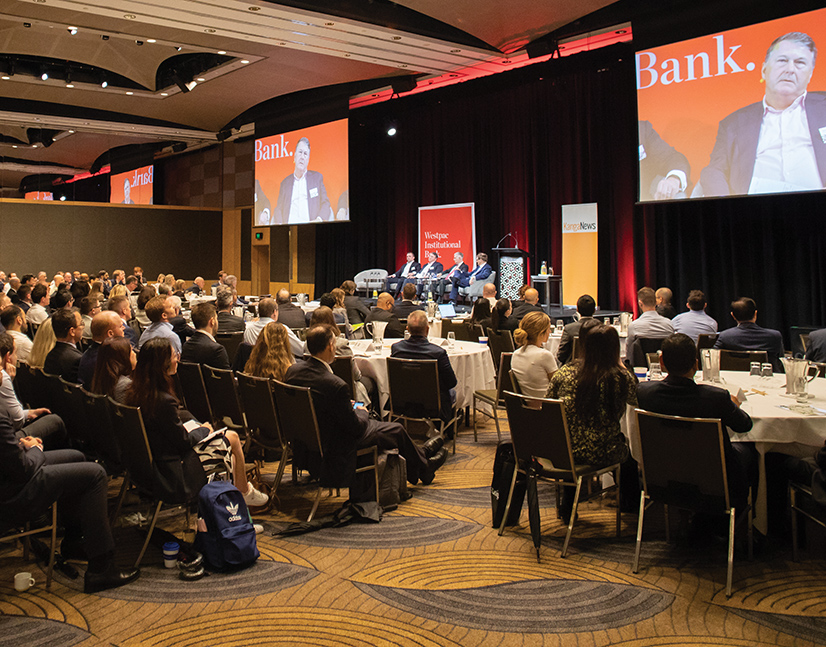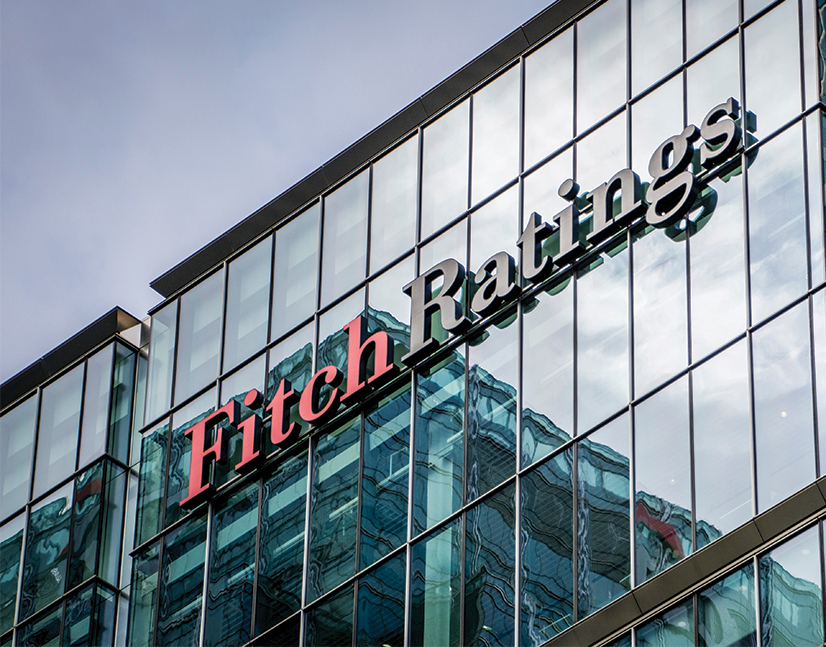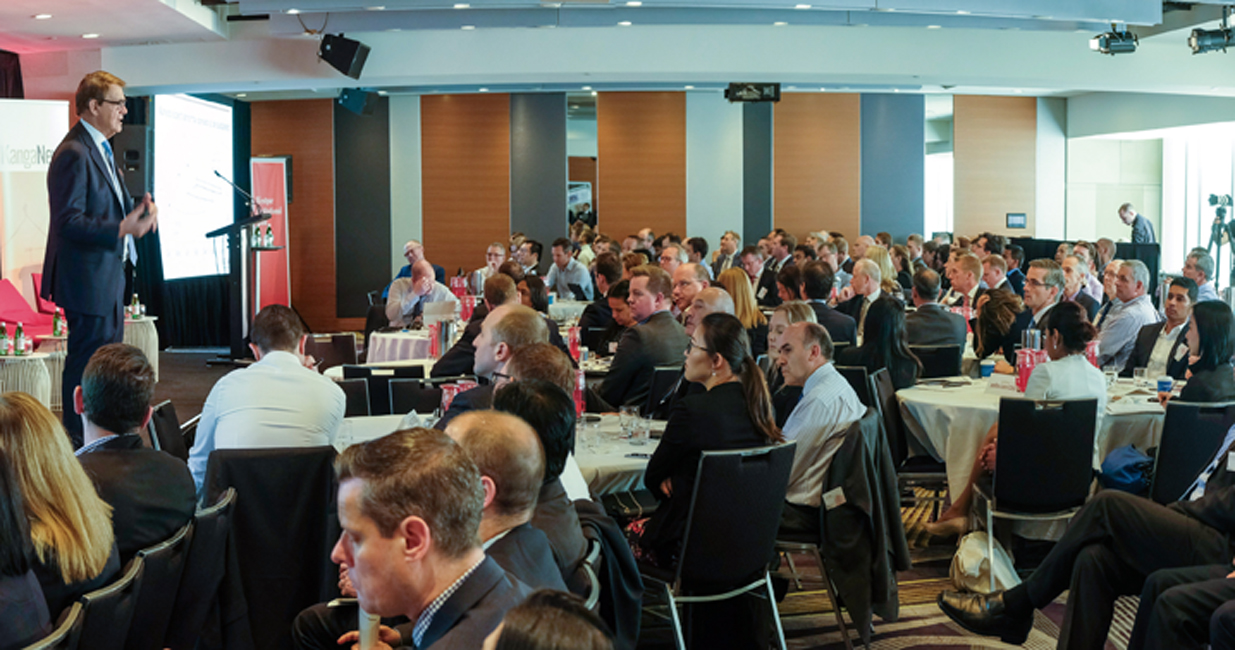
Corporate Australia on the ground
The eighth KangaNews-Westpac Corporate Debt Summit, held in Sydney on 12 September, drew a record crowd once again. As well as providing insights from the heart of the banking, sustainability and economics sectors, there were in-depth discussions around the role of the Australian credit market relative to its global peers and the new open-banking regime, as well as the annual C-suite update.
“The revolving door of leadership in Australia has produced something of a drain on business confidence – though there is also a sense that we have become immune to it. Businesses like to see stable government providing regulatory and policy certainty, but the good news is that the recent reporting season delivered very solid results.”
“The slowing property market is having an impact on some corporates, as is regulatory change and changing weather patterns – in Australia and offshore. But most of the ASX200 reported higher earnings, which is a sign of a positive growth environment.”

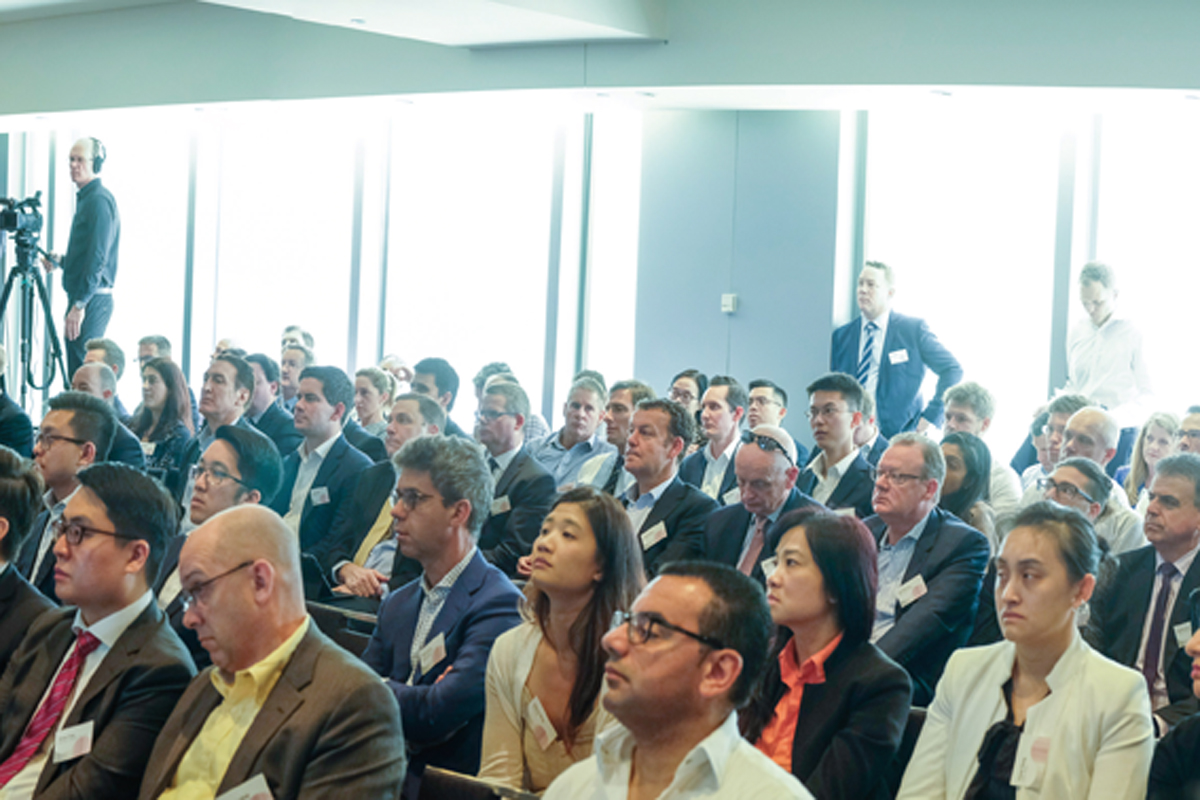
“We expect the Australian economy to lose some momentum in 2019. House prices are likely to fall further in Sydney and Melbourne and a negative wealth effect will affect the consumer, dwelling investment is likely to contract, and growth in the world economy will slow.”
“The pattern of how China has bought and sold US Treasuries over the past years has not been stable – it has been buying and selling all the way through. We do not expect China to use its holdings of Treasuries as a response to trade conflicts. If China really wants to dump Treasuries it has to do so passively, otherwise there may be a negative impact on its own portfolio.”

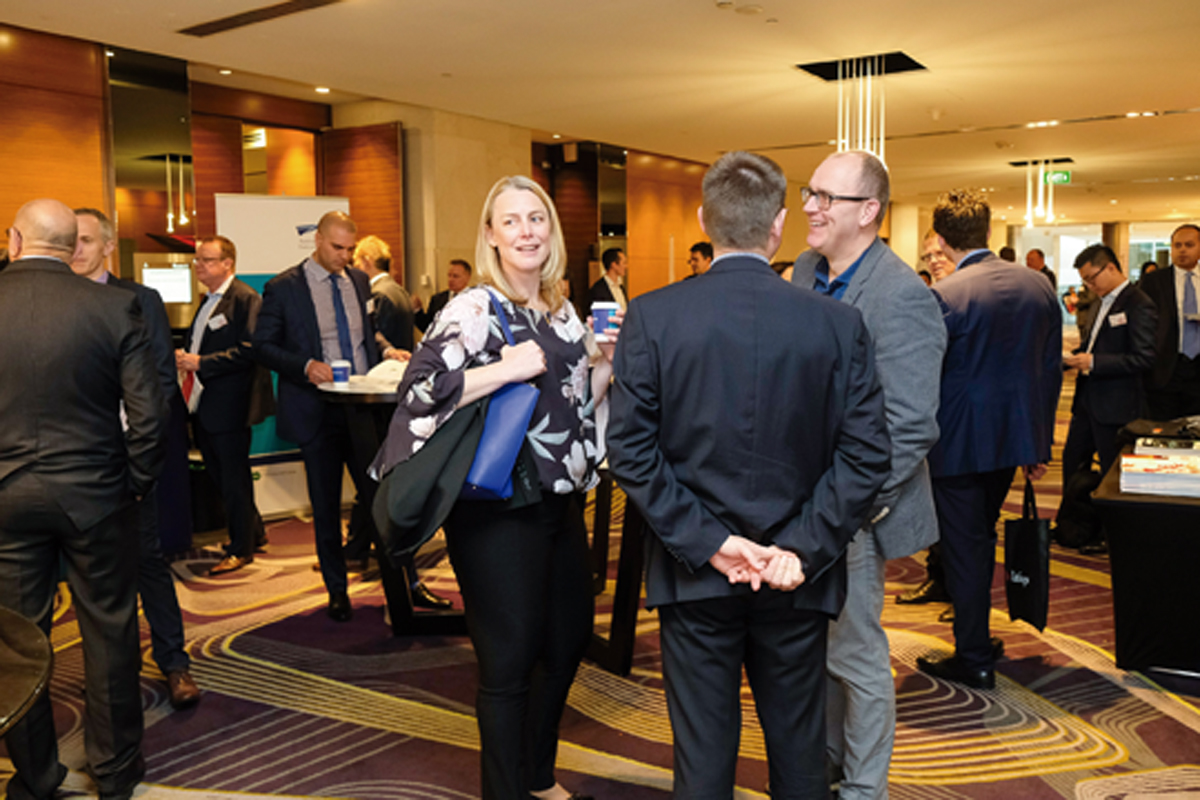
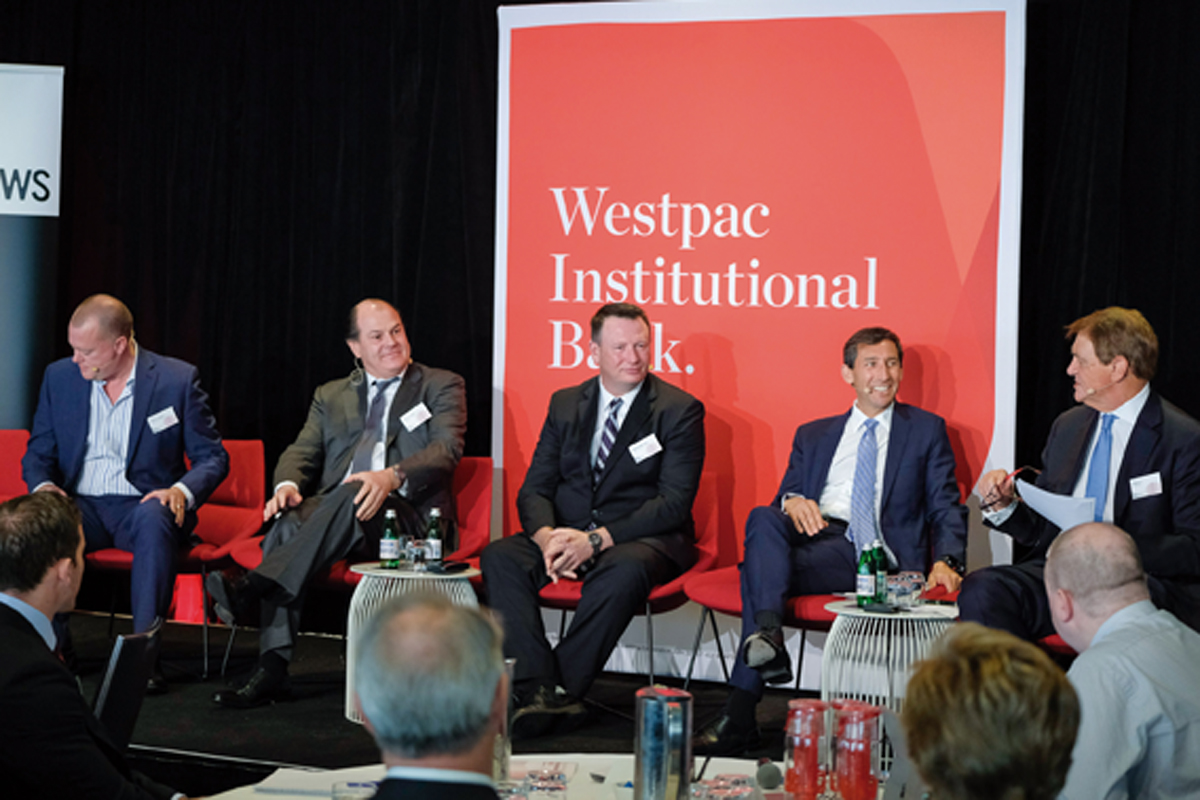
“We operate McDonald’s restaurants in every corner of the country and they are effectively the same business everywhere. We see WA recovering while Queensland is still fairly sluggish – the difference being the relative scale of the boom the two states experienced. Things are pretty stable elsewhere.”
“The high quantity of office buildings being demolished in Sydney CBD – I believe it’s more than 23 either demolished or slated to be – is driving rents in the short-to-medium term. But we also see significant opportunities to invest in small- and medium-sized office developments on the immediate fringe of Sydney and Melbourne.”
“If you want a good barometer for the US inflationary outlook, look at the gold price. At the moment it is very benign, suggesting there isn’t much inflationary pressure at all. In fact, the types of things that might historically have affected the gold price don’t seem to be having any impact at all. We don’t expect this to change unless the Fed stops hiking, inflation starts to rise or the US economy changes direction.”
“There has been a change in shopping habits – things like nail bars and massage have almost become part of nondiscretionary spend, while at the same time sectors like jewellery are much quieter. Look at the US: there are retail vacancies on Fifth Avenue in New York, but you can’t get a restaurant reservation.”
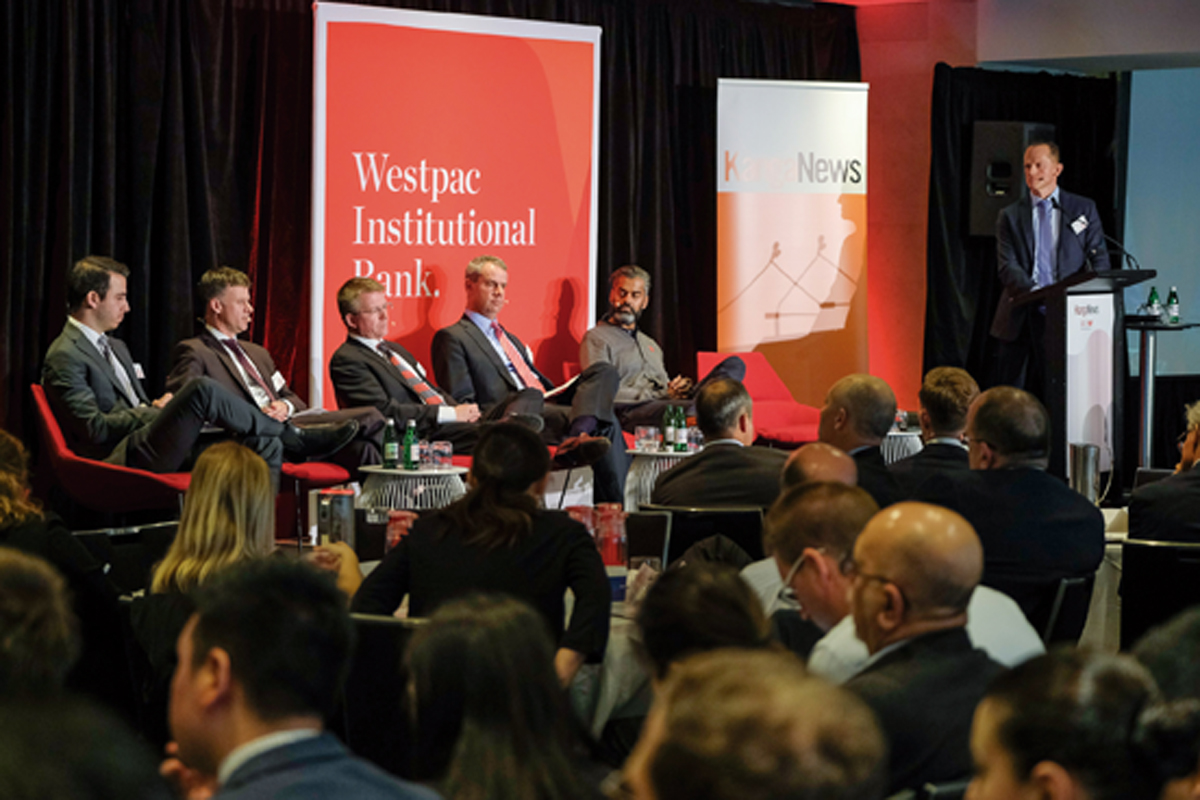
“The big mistake ahead of the financial crisis was the belief that risk had been sliced and diced and distributed to all the ‘right’ places. The mistake this time around could be the idea that unwinding QE will be quick or easily managed. When bonds have been issued at ridiculous prices it doesn’t take a credit event – it just needs funds to go red and redemptions to start, which stops cash flowing back into primary markets.”
“We’re not worried about the fundamentals of credit valuation but liquidity and mark-to-market risk. There are significant pressures coming from emerging markets and we are positioned in them directly rather than via Australian credit. We have learned to go to the epicentre of risk because proxies don’t work as well.”
“There is approximately twice as much capital targeting USPP issuance as US insurance companies have significantly increased their commitment to the asset class over the last decade. Excess demand has held USPP spreads down and increased the attractiveness of the asset class relative to other markets.”
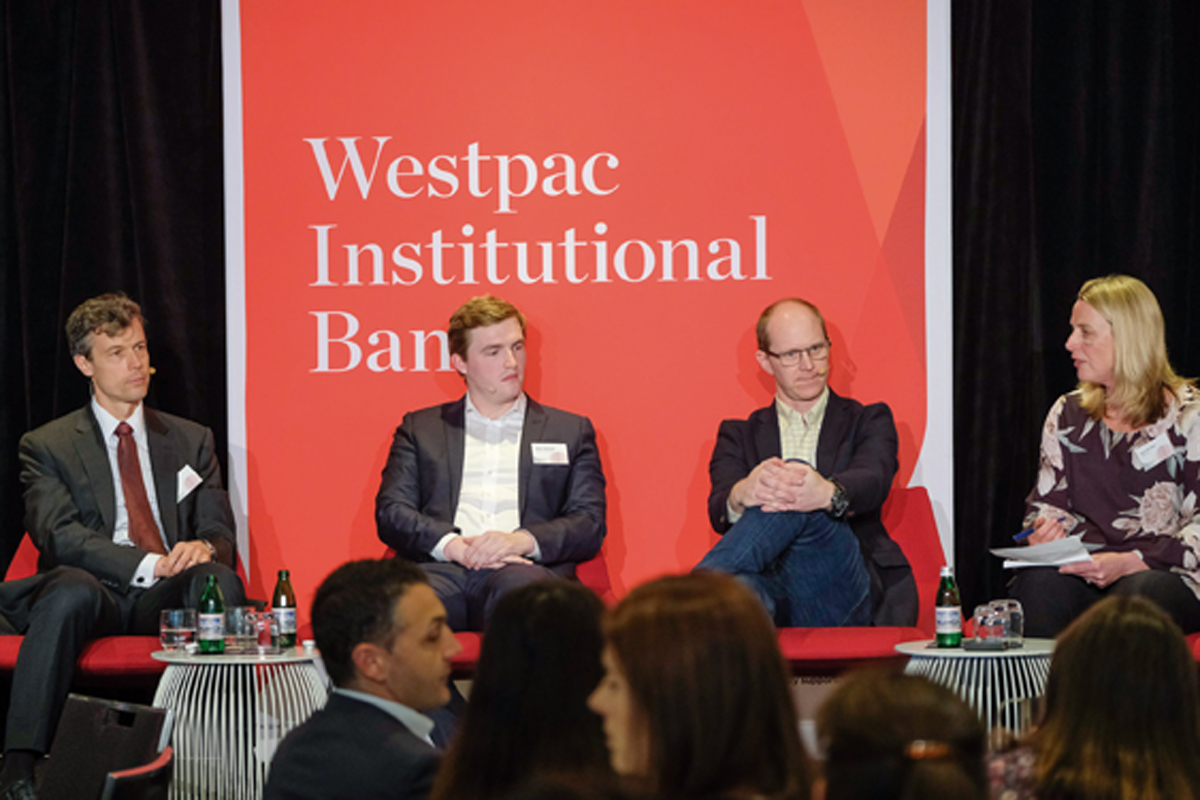
“Regulatory complexity comes with the burden of change over many years. Third-party providers themselves also have levels of complexity. It is dangerous to assume that by pushing out to a third-party provider or starting from a clean slate today, you somehow automatically sidestep the complexity issue.”
“As a nonbank lender we have access to static data but not much seasoned data. Comprehensive credit reporting allows us more easily to factor existing repayment information into our credit model, meaning we can better price for risk. We expect this will help improve the accuracy of our estimated customer default rates by about 20 per cent.”
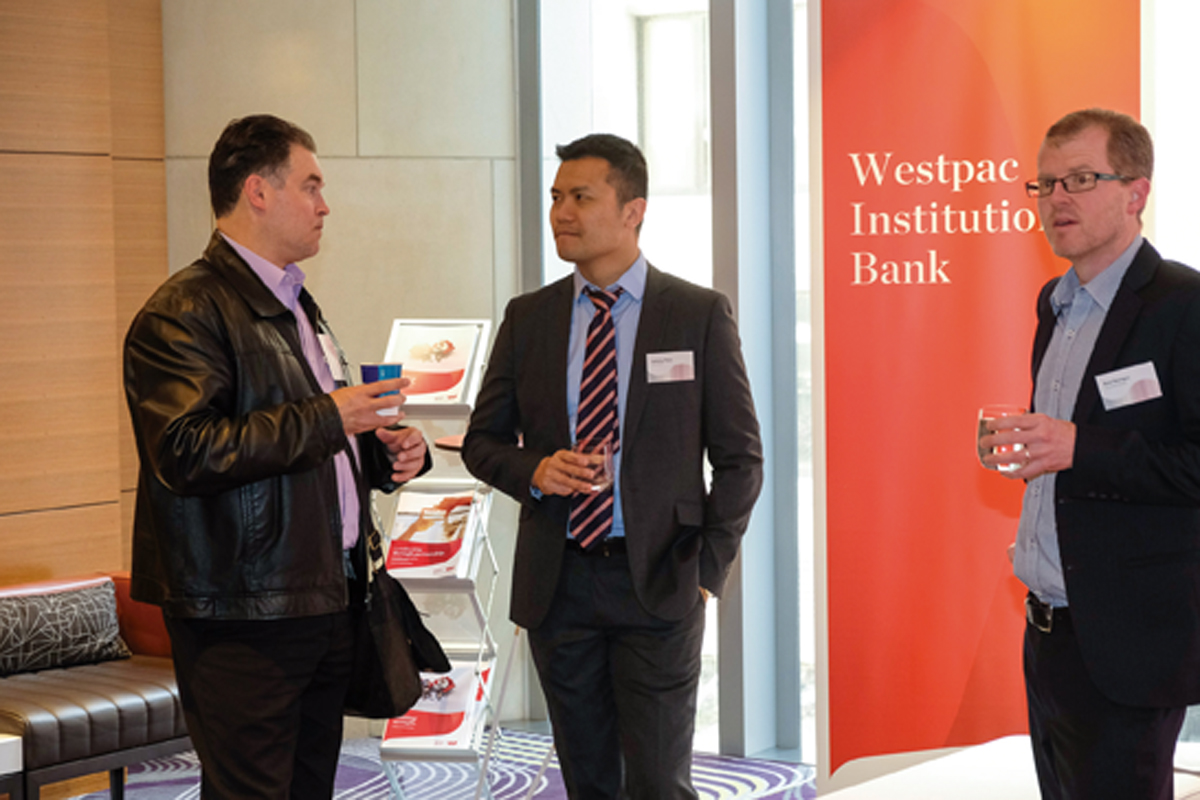
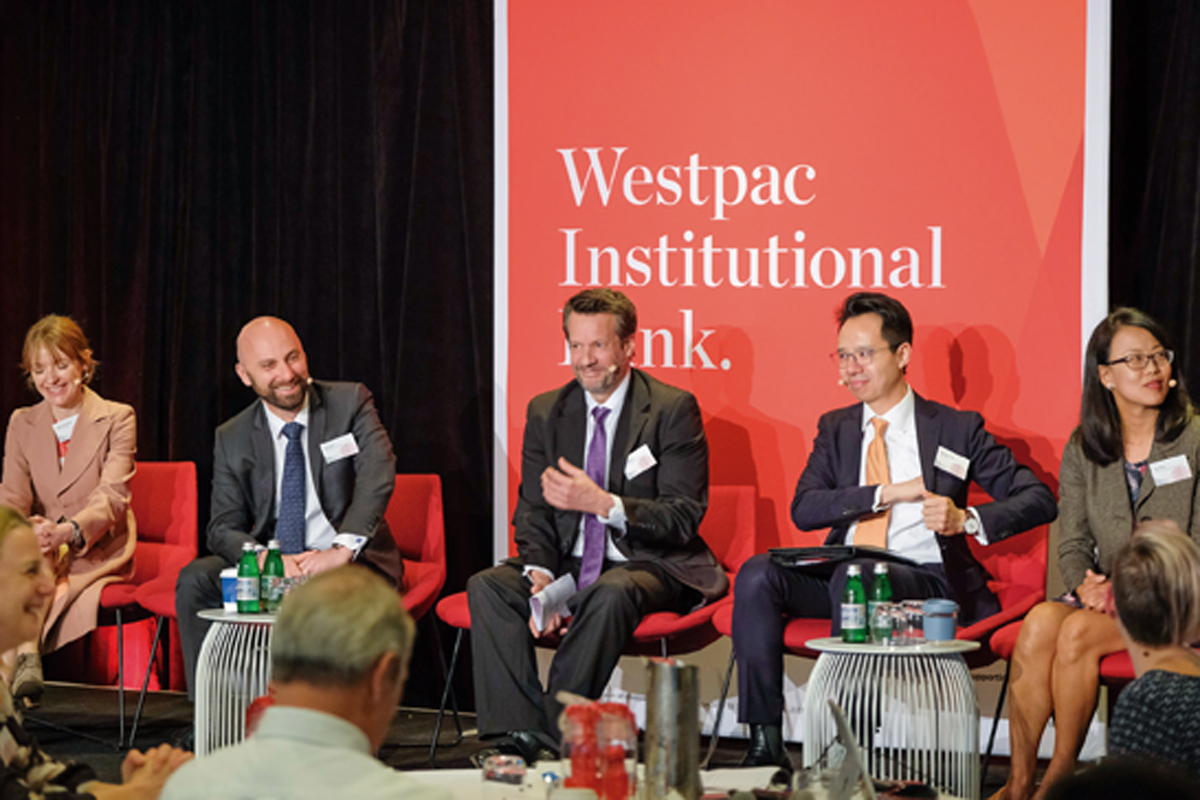
“I don’t think ESG is such a new concept. We have been building E, S and G factors into our analysis for many years. What we are doing now is more an extension of what we already had. Our approach historically has been to embed ESG into our research. The change has been to make what we had previously embedded more explicit in a separate report.”
“We try to be as transparent as we can in our reporting. The difficulty has been finding out which protocol equity investors follow – is it CDP, PRI or TCFD? We can’t meet all the protocols. We are happy with TCFD becoming the ‘one ring to rule them all’ for equity investors and we would absolutely encourage debt investors to adopt the same.”
“As a rating agency our job from here is twofold. One is to take our discussion of ESG from the industry level to the individual company level, and the other is to, where needed, provide supplemental tools and frameworks to investors. This has been a huge change for rating agencies in general and Moody’s in particular.”
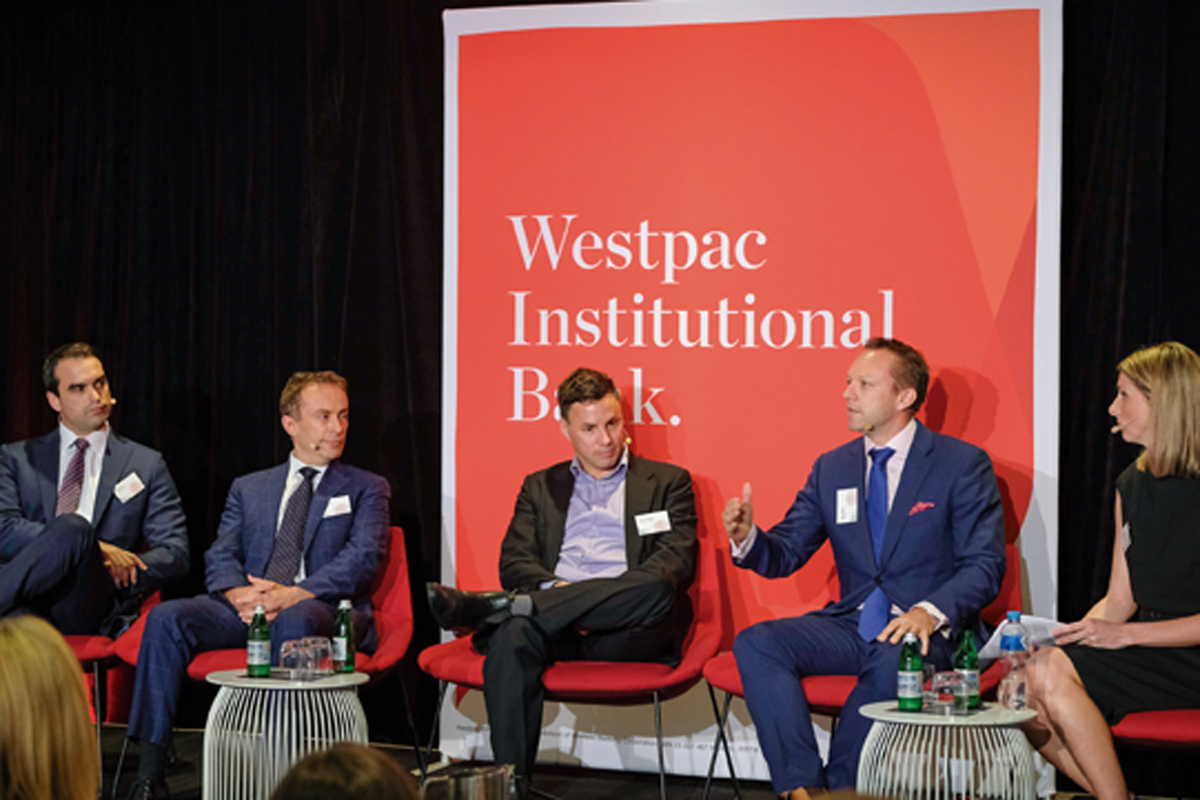
“For banks a lot of the execution process in deals may be carried out by technology service providers. However, on the advisory side there will continue to be a large role for all parts of the bank to play because the market is illiquid. There is no amount of digitisation that can rapidly change this fact.”
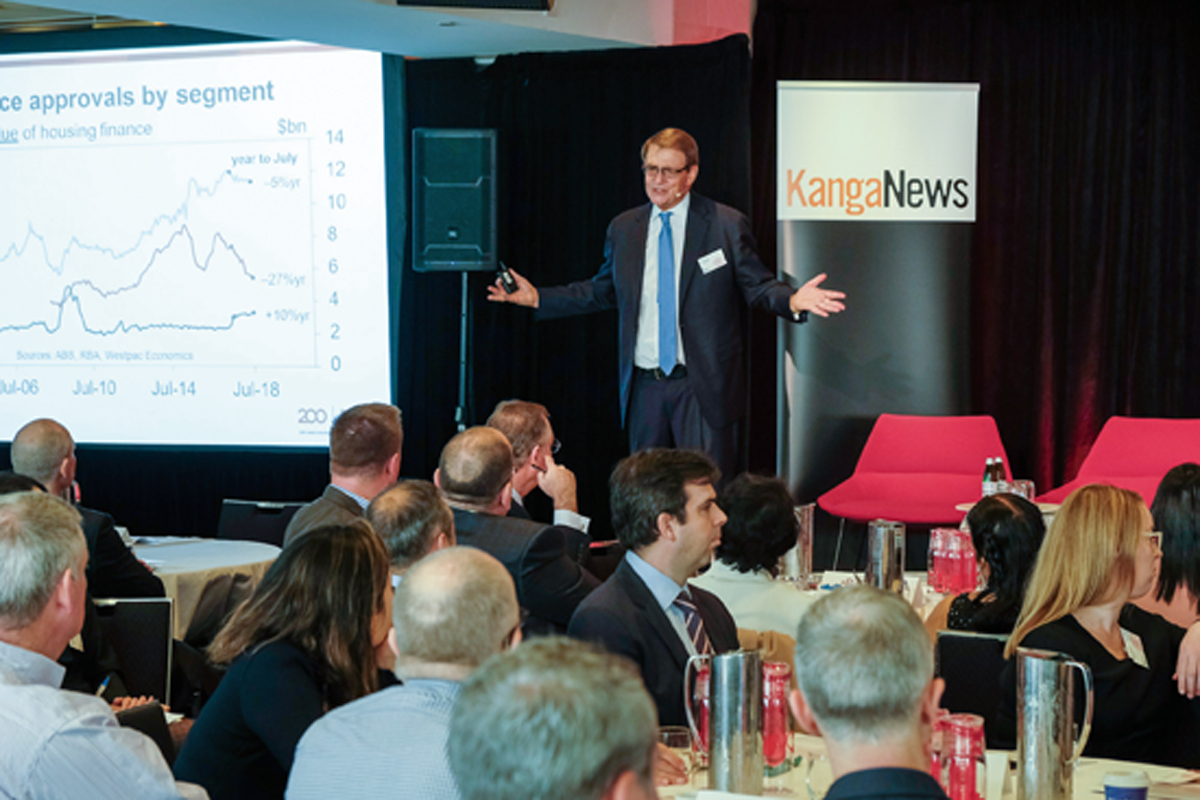
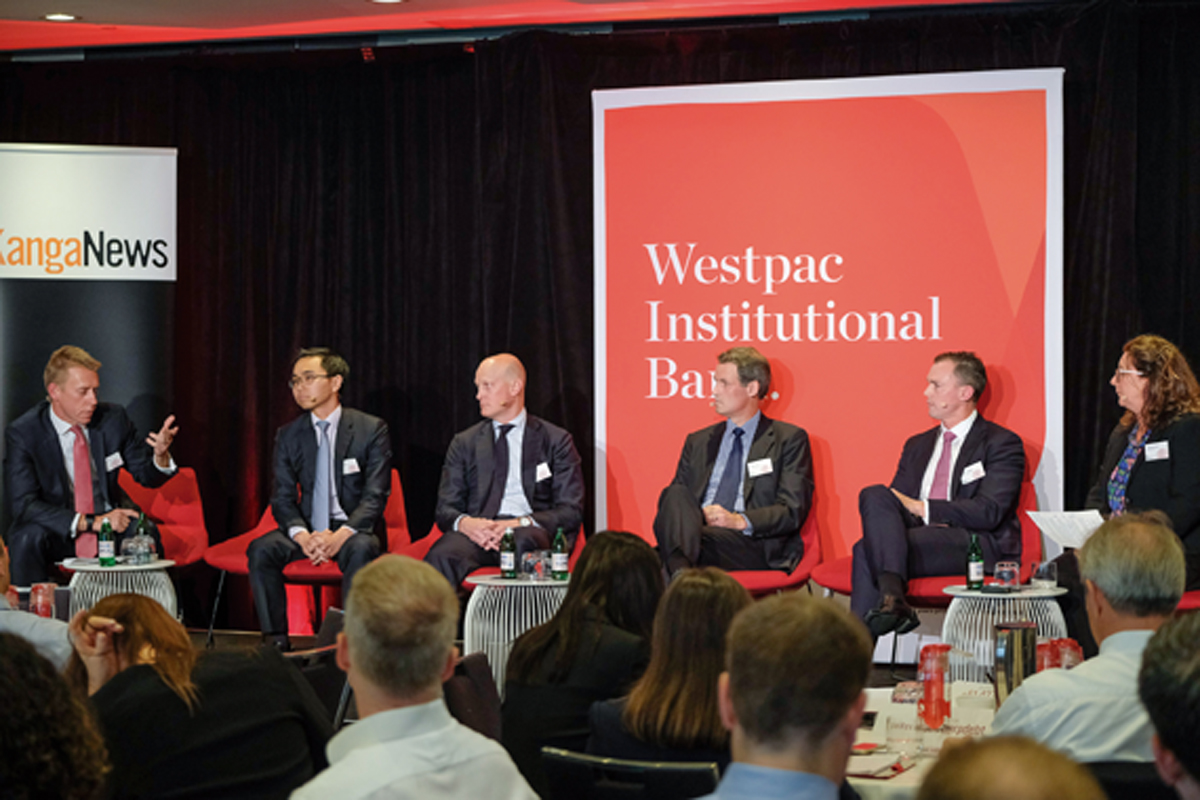
“Asian-targeted deals certainly appear to have more stable books nowadays. We must make a judgement about how deals will perform based on investor participation, specifically from hot money. There’s nothing wrong with having some hot money in deals and we don’t want deals that don’t trade at all, but equally we want to see bonds ending up in the right hands.”
“There is still a lot of activity in the Reg S market – it is just more at the shorter end, with demand coming down to the five-year point from 10 years. But we don’t believe the market is a flash in the pan. It’s a core part of our funding plan and we expect to see more corporate issuance, including from Australia, in Asia.”
“The decision to look at Asian Reg S issuance was an opportunistic one for us. We met investors in Asia and Europe in March and received a strong reception. However, our timing coincided with a material shift wider in credit spreads in these markets. This prompted us to elect to come to the Australian market instead.”
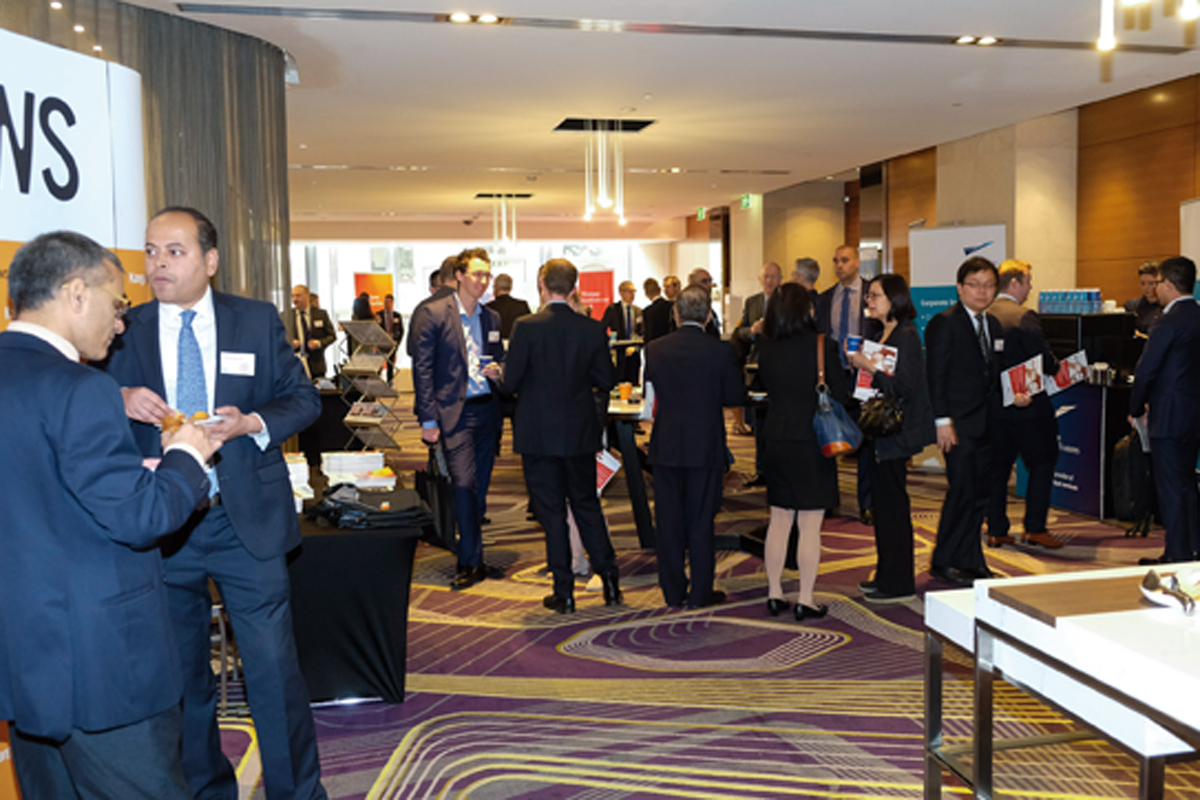
“The biggest issue we are going to face in the next few years is the QE unwind. How we remove US$10 trillion of liquidity while taking rates from zero back to a long-term norm, in an environment where intermediation has all but disappeared, will be a huge challenge. I think what we will see is long periods of very low volatility studded with short periods of hyper volatility.”
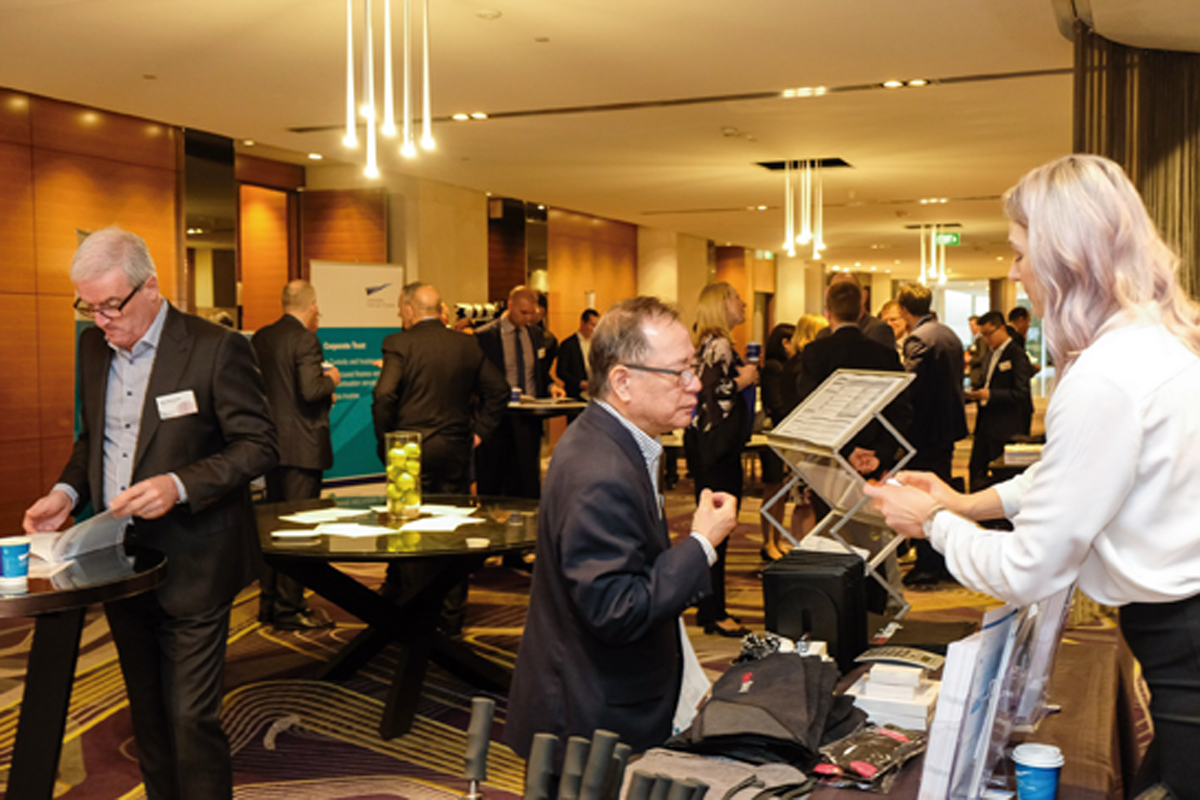
“Millennials are not a homogenous demographic. They are beginning to exercise their political power and they will begin to show their economic power. Globally, millennials are now the largest source of income. As their proportionate representation in the workforce continues to increase so will their economic importance, which is vitally important to understand.”


nonbank Yearbook 2023
KangaNews's eighth annual guide to the business and funding trends in Australia's nonbank financial-institution sector.

WOMEN IN CAPITAL MARKETS Yearbook 2023
KangaNews's annual yearbook amplifying female voices in the Australian capital market.








